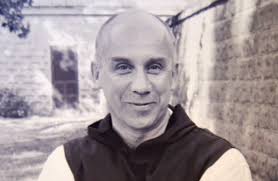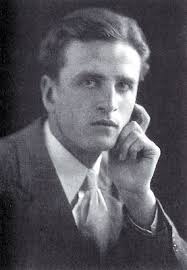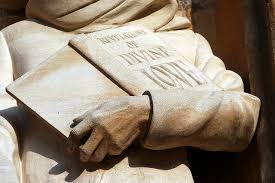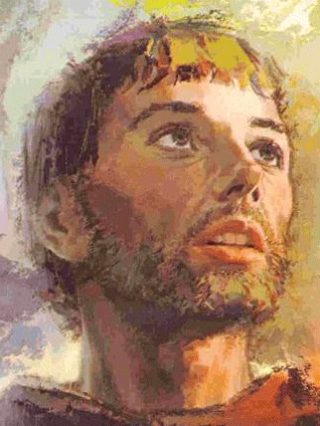Beyond “Saying Our Prayers”
In 2006 Elizabeth Gilbert’s book “Eat Pray Love” not only became a bestseller but went on to be a successful movie starring Julia Roberts. In it we learn about Sean, a young dairy farmer from Co. Cork, who like Elizabeth is trying to quieten his mind through the practice of yoga and meditation in an ashram in India. Sean sheepishly admits to Elizabeth that once when he said to his father: “Da – this meditation stuff …it teaches you how to quiet your mind”, his Dad, smoking his pipe replied: “I have a quiet mind already, son.” Sometimes we go half way around the world looking for something that might just be right there under our noses. But how do we even notice its existence?

Searching For What is Right In Front Of You
When people struggle with life they often turn to prayer. For Catholics this has traditionally meant saying Our Fathers or Hail Marys or the Rosary or through participation in the Eucharist. Beneficial as these forms of prayer can be especially when we say them with others, we may still fail to connect with the deeper stillness that is in all of us that some people have described as ‘the presence of God’. This failure to connect can lead people to travel the world exploring the spiritual riches of other traditions in search of inner peace, like Sean the dairy farmer from Co. Cork. Worthwhile as this quest may be, it ignores the spiritual riches available, but somewhat hidden away in mainstream Christianity.
An Almost Lost Wisdom
The reasons for the relative neglect of the contemplative tradition in Christianity are numerous. Once Christianity became the state religion under Constantine around 325 AD there was a huge drive to build lots of churches and make the Church respectable by establishing dogmas and rules to regulate the practice of mushrooming numbers of new Christians. Some of those who had for long been followers of the Christian message were concerned that St Paul’s advice: “Do not be conformed to this world but be transformed by the renewing of your minds” (Rom.12.2) was in danger of being forgotten and so they headed away from the towns and cities into the desert. Inspired by Jesus’ example ‘where he often withdrew to lonely places and prayed’ (Luke 5:16), they set up alternative communities based on the Gospel value of simplicity and forms of prayer that put them in touch with God’s presence, moment by moment.
These forms of prayer took the Old Testament Psalms and New Testament Gospels as their starting off points. Sometimes they would chant the psalms or focus on a phrase from the Gospels to take them into a deeper stillness, which would grow once the words had started to fall away. They would then have a direct experience of the fruits of prayer just as Jesus had promised:
But when you pray, go into your room, close the door and pray to your father who is unseen. Then your Father, who sees what is done in secret, will reward you. (Matthew 6:5 ff.)
As the years went on, these forms of more reflective prayer were misunderstood as being only for monks and nuns in religious orders. Lay people lost out and even many priests themselves knew little about the practices.
Even In The Desert There Is Fruit

All that began to change with the recovery of the Wisdom tradition of what we now know as the Desert Fathers and Mothers. A key to unlocking this tradition was one little book by best-selling author and monk Thomas Merton. In 1964 he called it “The Wisdom of the Desert” and it inspired a quiet revolution in prayer that is gradually but powerfully impacting on the lives of ordinary Christians today. Bob Dylan was spot on in the 1960s when he sang: “The times they are a changing”.






